
This is a tale of two yeasts. Well, actually, three yeasts.


This is a tale of two yeasts. Well, actually, three yeasts.

Things are going to be different this fall in the core labs of William & Mary’s Applied Research Center. What won’t change is the dedication of the ARC staff to the research mission of the university and the commonwealth.

Heather Kenny, a biology master’s student at William & Mary, has spent the past two years studying the parenting behavior of bluebirds. Specifically, she is working to understand how human-made noise influences nesting and productivity.

Several awards are presented annually to graduates, staff and faculty members during the William & Mary Commencement ceremony.
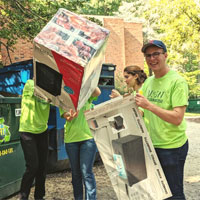
The William & Mary Committee on Sustainability has announced the spring 2020 Green Fee awards, which will be awarded to seven campus projects.

Having completed a month-long mission of helping New York City hospitals that were overwhelmed by the coronavirus pandemic, the USNS Comfort has sailed back to Virginia with about 600 doctors, nurses and other crew members, including Dr. A. Scott Morris ’10, a lieutenant in the Navy’s Medical Corps and an alumnus of William & Mary.

Back in February, virologist Kurt Williamson answered questions about COVID-19 when the outbreak was beginning to spread. We asked him to take another look at the coronavirus pandemic.
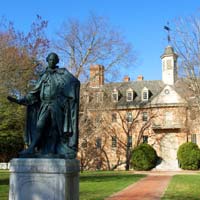
Three faculty members have been recognized with the Arts & Sciences award for teaching excellence.

One of many things that the COVID-19 pandemic will be remembered for is the introduction of the term “social distancing” to the global lexicon. For bird behaviorists, the term and its variants have been in use for over a century.

The research lab of Patty Zwollo, an immunologist and professor of biology at William & Mary, has discovered that just as whales swallow plastic thinking it’s food, some cellular components of the immune system in fish “swallow” bits of microplastic that they mistake for invading pathogens.

Some good news: The eagle population of the James River alone has exceeded the repopulation goal for the entire Chesapeake Bay.

Jon Kay, a visiting assistant professor of geology at William & Mary, is using the hypothetical situation Matt Damon’s character finds himself in — being stranded on Mars and forced to grow his own food — as a real research question for students in his new COLL 150 class Science and Science Fiction.

The 19th annual Graduate Research Symposium will be held in the Sadler Center at William & Mary March 20-21.

Kurt Williamson is a virologist, an associate professor in William & Mary’s Department of Biology who specializes in the study of viruses. He offers some scientific context for the ongoing COVID-19 outbreak.

The leaders of William & Mary’s Institute for Integrative Conservation envision their nascent enterprise as a smooth pathway to the empowerment of students with the knowledge and skills to engage in the knotty environmental issues of the 21st century.

Grace Solini, a member of William & Mary’s class of 2020, will receive the Thomas Jefferson Prize in Natural Philosophy.
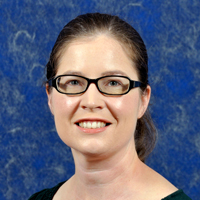
Molly Mitchell of William & Mary’s Virginia Institute of Marine Science has earned an Early Career Leadership Award from the US CLIVAR Program for her efforts to develop and share sea-level forecasts and other planning tools with coastal risk managers and emergency responders in Virginia and the mid-Atlantic region.
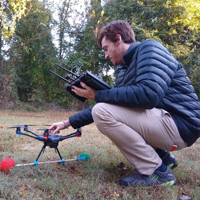
Timothy Boycott, a graduate student in the Department of Biology at William & Mary, was recently awarded the Christine Stevens Wildlife Award from the Animal Welfare Institute.
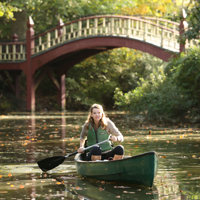
William & Mary and the University of Virginia have committed to becoming carbon neutral by 2030, the universities announced today.
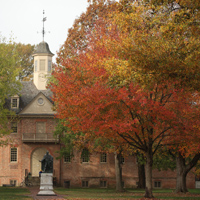
William & Mary has received a $19.3 million gift from an alumna who wishes to remain anonymous to establish a landmark Institute for Integrative Conservation.
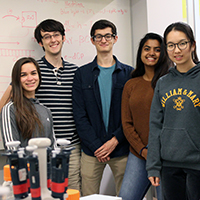
The next big thing in materials science may already be here – and it’s clogging up your showerhead.
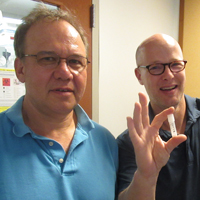
A new paper by faculty and students looks at the relationship among deer, a single species of tick and a single tick-borne disease.
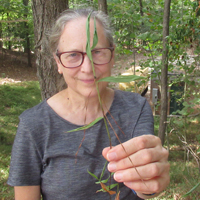
A group of volunteers joined forces to clear out the Japanese stilt grass from William & Mary’s Crim Dell. It’s part of a continuing effort to rid Crim Dell of invasive plants and return native species of vegetation to the university landmark.
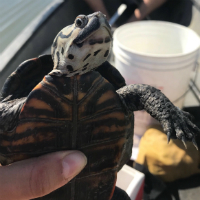
With help from the Charles Center, a William & Mary student researcher spent the summer studying a little-known population of turtles on the York River. She will soon present her study at a symposium of conservation experts.

From molecules to cells to the environment to stories, students connect the parts to learn the whole.
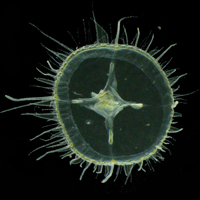
Yes, they have stinging tentacles. No, they won’t sting you — unless you’re a tasty-looking zooplankton.
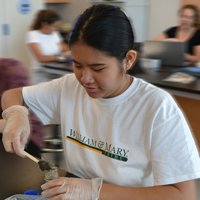
A new lab of select William & Mary freshmen takes on the study of bacteriophages each fall. It’s a program supported by the Science Education Alliance of the Howard Hughes Medical Institute called the Phage Hunters Advancing Genomic and Evolutionary Science (SEA-PHAGES) project.
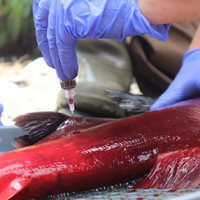
A sockeye salmon’s life ends right back where it began, culminating in an anadromous drama of sex, decay and sacrifice.
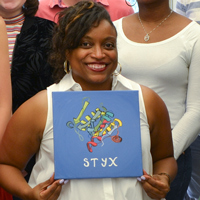
Shantá Hinton’s group is one of the few laboratories in the United States studying pseudophosphatases, proteins whose very name makes many researchers shy away.
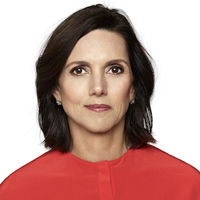
Beth Comstock ’82, former vice chair of General Electric, will speak at William & Mary’s 2019 Opening Convocation ceremony.

The W&M Center for Geospatial Analysis supports the full range of projects that can benefit from using maps to analyze and present research results.
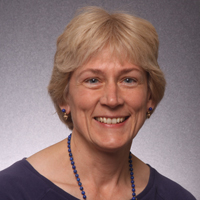
Lizabeth Allison, Chancellor Professor of Biology at William & Mary, has been awarded the Ruth Kirschstein Diversity in Science Award by the American Society for Biochemistry and Molecular Biology.
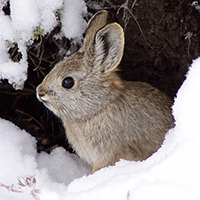
W&M biologist Matthias Leu and a team of undergrads data-mined government records to assess threats to domestic species over time. Their findings are grim.
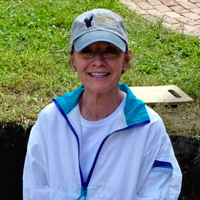
Gail is currently a full-time graduate student in anthropology and archaeology at William & Mary, returning to her alma mater after an almost 50-year career in biomedical research.
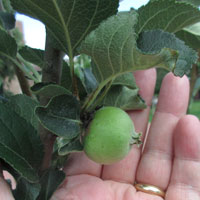
William & Mary’s Isaac Newton apple trees no longer stand outside Small Hall. The trees likely succumbed to a bacterial disease known as fire blight.
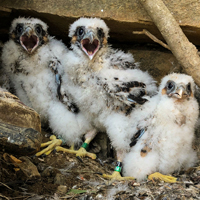
Sometimes bird banding is a rather sedate activity. You set up your mist nets a few steps away from your truck, open up a chair and wait. This was not that kind of banding trip.